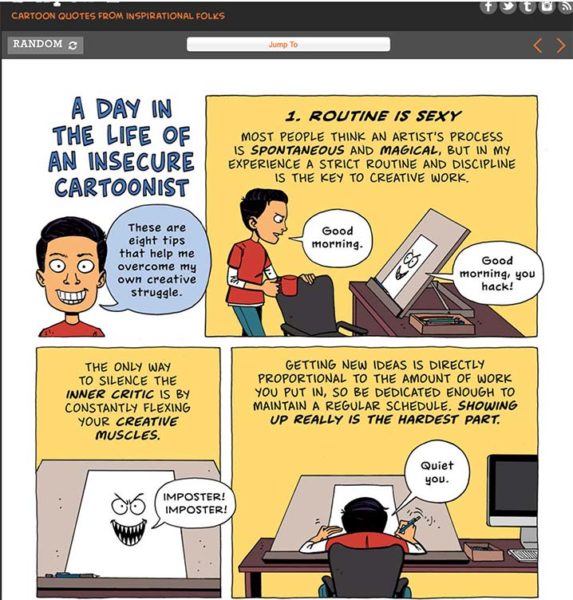Seth Godin made a post today that addresses the current climate of Black Lives Matter, policing, statues, etc without directly naming any of these things. (A week ago he mentioned he generally tries to write posts that were evergreen rather than specific to the times in which they were penned, but felt he had to unequivocally state Black Lives Matter.)
Today he points out that when you are part of the dominant culture, you don’t see it around you like the proverbial fish that aren’t aware they are in water. It isn’t until you go to another country that you recognize every small assumption comprising your daily routine needs to be examined closely just to cross the street to get breakfast.
This experience can be part of what is fun and engaging about your visit. But part of what makes it fun is that you know you can return to a familiar environment later where you will have many stories to tell. The prospect of living in that foreign place for a longer time can be more daunting.
When media images, policies and corporate standards tell someone that they are an outsider who needs to fit in in non-relevant ways, we’re establishing patterns of inequity and stress. We need to be clear about the job that needs to be done, the utility we’re seeking to create, but not erect irrelevant barriers, especially ones we can’t see without effort.
Good systems are resilient and designed to benefit the people who use them.
If the dominant culture makes it harder for people who don’t match the prevailing irrelevant metrics to contribute and thrive, it’s painful and wasteful and wrong.
If you think about the above quote from Godin a bit, you might see that there are a good many times when the dominant culture shows little regard about alienating its own members. We have seen it happen often in recent years in both large and small ways. Currently we are in a period where many people are realizing their membership isn’t as secure as they thought or that they are no longer in synch with the terms of membership. The result is, they are finding greater common cause with those who have felt themselves outsiders.
But also, lest it get lost in the macro level big societal questions being wrestled with on the national and international stage, Godin’s admonishment about good systems being resilient and designed to benefit the users is just as applicable on the micro level of your organizational business hours and admission practices.



Thanks for what you are doing to bring cultural change to the arts. It is so important to represent everyone.…